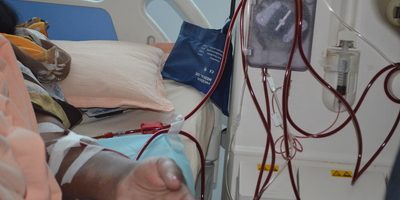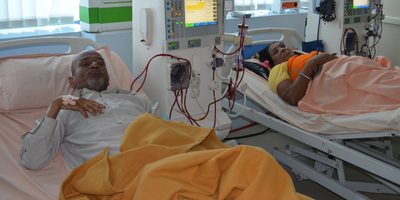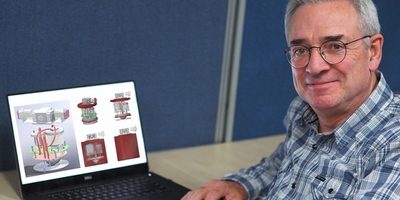
1.4 million people die every year in India because they cannot afford dialysis
This is the story of a mother-of-four called Baby from Haryana in Northern India. Her story demonstrates the need for affordable dialysis around the world.
Baby was suffering from chronic kidney disease but could only afford life-saving dialysis once a week – she needed to go three times. Shortly after completing the video, The George Institute learned she stopped going for any treatment because it was simply unaffordable and died shortly afterwards. She was just 38 years old.
Her story is all too common. Every year whilst over 2.5 million people receive dialysis, around seven million people die of kidney disease because they can’t get access to life saving treatment.
The barrier is largely due to cost with dialysis machines costing tens of thousands of dollars, and extra running expenses on top.
In 2015 The George Institute created a world-wide competition, with a prize of US $100,000, to design the world’s first truly affordable dialysis system. It had to cost less than US$1000 to build at scale and provide treatment for less than $5 a day, be able to run on solar power and any water source and be as good as existing machines.
The winner was engineer, Vincent Garvey, from the Isle of Man in the UK, who created an innovative system comprised of a water purifier, care station and solar panel.
Mr Garvey miniaturised and combined a number of existing processes to develop a system that is reliable, safe and cheap.
Together with The George Institute, Mr Garvey has set up the NSW company, Ellen Medical Devices, which has built a working prototype with trials expected to start in 2020.
With the amount of people needing dialysis set to double by 2030, the need for this machine has never been greater.








